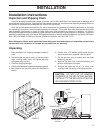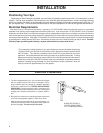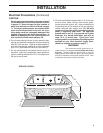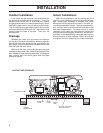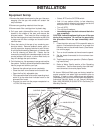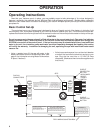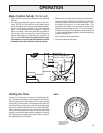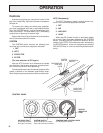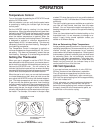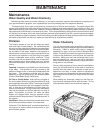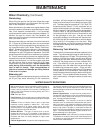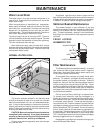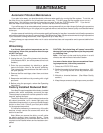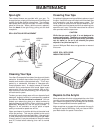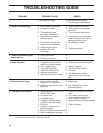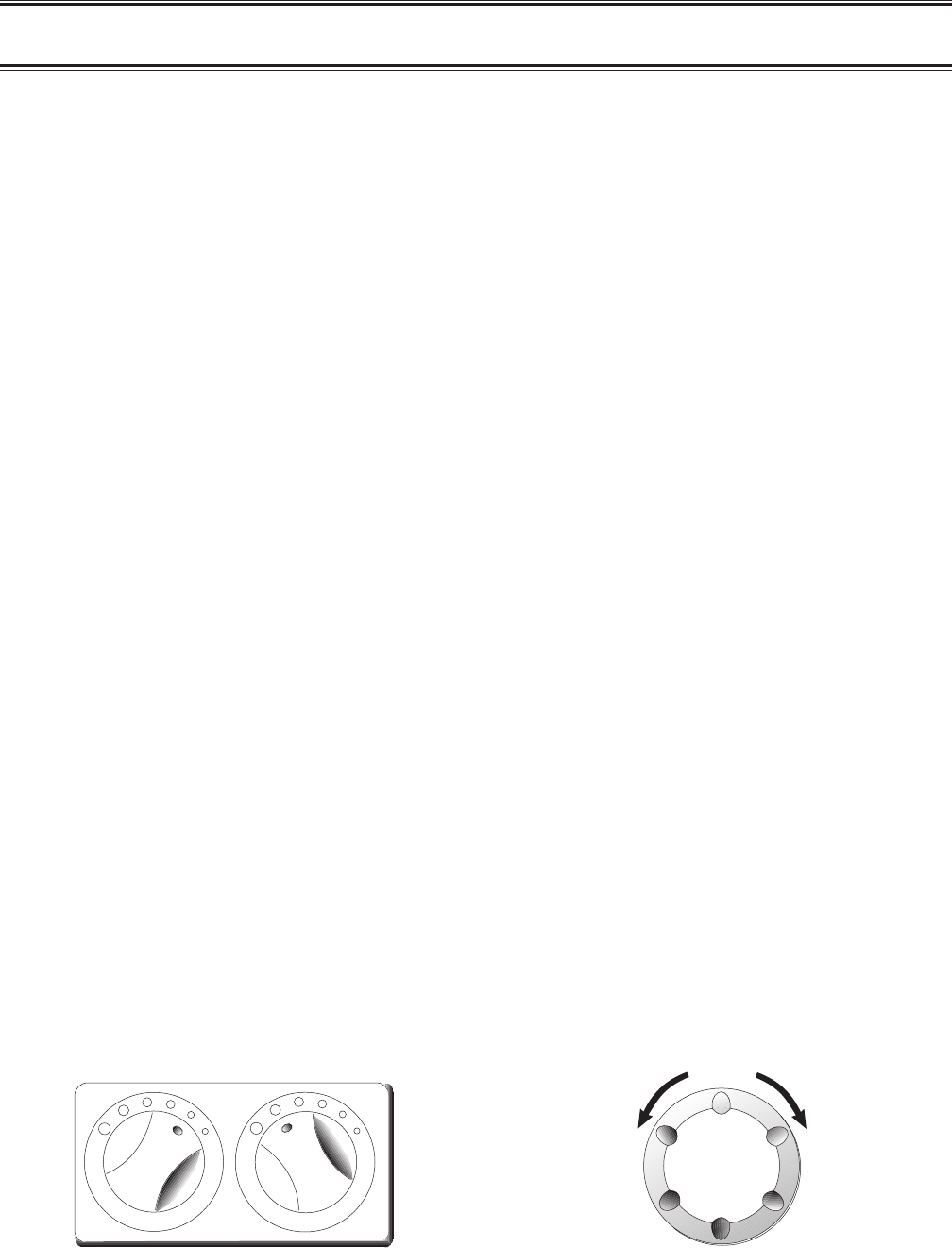
Temperature Control
Turn on the heater by selecting the HTR/FILTER mode
with the SYSTEM switch.
With this selection, you can verify that the spa’s heater
is operating by viewing the indicator light on the spa
control panel.
Set the HEATER knob by rotating it to the desired
temperature. When the water temperature is lower than
that set by the HEATER knob, the heater and filter pump
will be activated. The heater will automatically turn off
when the desired temperature is reached. When the
heater is on, the water is also being filtered. The heater
is designed to maintain a minimum temperature of
approximately 45-50°, its lowest setting. This does not
necessarily protect the spa from freezing. See page 16
for winterizing procedures..
The Temperature Control is designed to maintain a
minimum temperature of approximately 45 -50
°
, its low-
est setting. This does not necessarily protect the spa
from freezing. See page 15 for winterizing procedures.
Setting the Thermostat
When your spa is plugged in and the HTR/FLTR has
been selected on the control panel, your heater thermo-
stat is working to maintain the temperature to which you
have set the HEATER knob. You will notice by the
indicator light that the heater will turn on when the water
temperature falls below the desired temperature and will
turn off when that temperature has been reached.
When the spa is not in use, you can set the thermostat
to a lower temperature; then, when you wish to use the
spa, adjust the HEATER knob to the desired tempera-
ture. The water temperature will rise at a rate of about
2° per hour with the optional spa cover, foam insulation
and skirt panels in place and if the air temperature is 50°
or warmer. This rate will necessitate a waiting period
before using the spa, the length of which will be deter-
mined by the temperature of the water before turning on
the heater. For example, if the water in the spa is kept
OPERATION
at about 70° when the spa is not in use, and the desired
temperature is 100°, it will take about 15 hours to heat up
sufficiently.
The rigid, insulating spa cover available as an option for
your spa will help control heat loss from the water
surface. You can improve the spa’s heat retention by
keeping the spa cover in place on the spa while heating
the water.
Once you have determined the desired setting on the
thermostat knob, it is not necessary to change or re-
adjust it again during normal operation unless you
decide on a different setting.
Note on Determining Water Temperature:
As spa products generally perform in a narrow range of
operating temperatures, we recommend that you use a
medical (clinical) type thermometer for an accurate
measurement of spa water temperature. Other types of
thermometers, generally available, such as those used
for swimming pools, are not sufficiently accurate to
determine spa water temperatures. Take water tem-
perature readings in the HTR/FILTER mode when the
heater has just turned off; the indicator lamp on the
control panel will turn off at this time.
230 Volt Operation
If your spa has been converted to 4—wire, 230 Volt
50 Amp, there are a few differences in operation.
First, all features are operational and there are no
overriding functions. Additionally, after converting to
230 Volts, the spa's heating time will be approximately
8° per hour instead of 2°.
Finally, whenever you need to perform maintenance
on the spa, or when you need to drain the spa to
below its normal operating level, make sure power to
the spa is turned off at the house service panel, as
there will be no line cord to unplug.
11
CONTROL
FOR ADJUSTABLE NECK JETS
INCREASE AIR FLOW
(COUNTER
CLOCKWISE)
DECREASED AIR
FLOW
(CLOCKWISE)
CONTROLS
FOR FULLY ADJUSTABLE JETS
INCREASE AIR FLOW
(COUNTER
CLOCKWISE)
DECREASED AIR FLOW
(CLOCKWISE)



